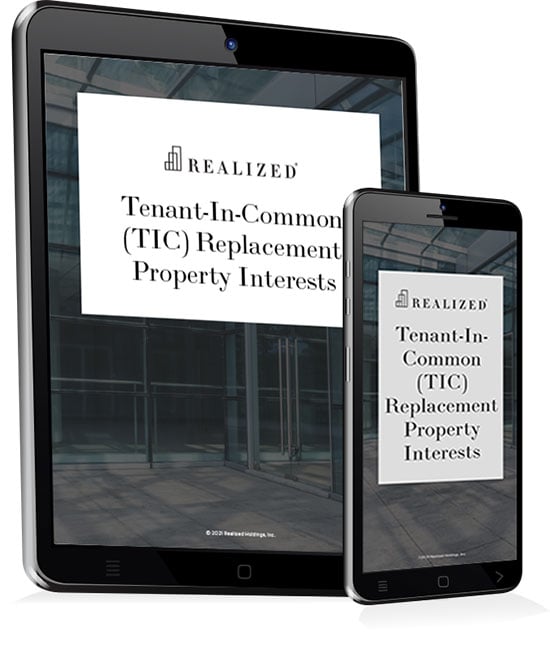Tenants-in-Common in Real Estate Ownership: Everything You Need to Know
Real estate provides a range of potential benefits for both novice and experienced investors. They can possibly earn recurring income from rent, as well as income from appreciation if their properties increase in value during the time they hold the assets. Investors can defer capital gains taxes by completing 1031 exchanges, and also realize significant depreciation deductions when filing their annual income taxes.
In the article below, we’ve covered many aspects of an investment strategy investors use to purchase fractional shares in a wide range of real property assets. The Tenant-In-Common arrangement allows investors to join a pool of co-owners and purchase assets that oftentimes would be beyond their reach as solo investors. TIC opportunities are often pre-packaged by a sponsor and include professional property management. Financing may already be secured as well, which can lead to greater efficiency in identifying, acquiring, financing and closing on a TIC property for a 1031 exchange.
Investors considering this type of ownership structure to complete a 1031 exchange should consult with qualified accountancy and tax professionals to ensure they adhere to important IRS guidelines and timelines.











 It’s possible to
It’s possible to 



